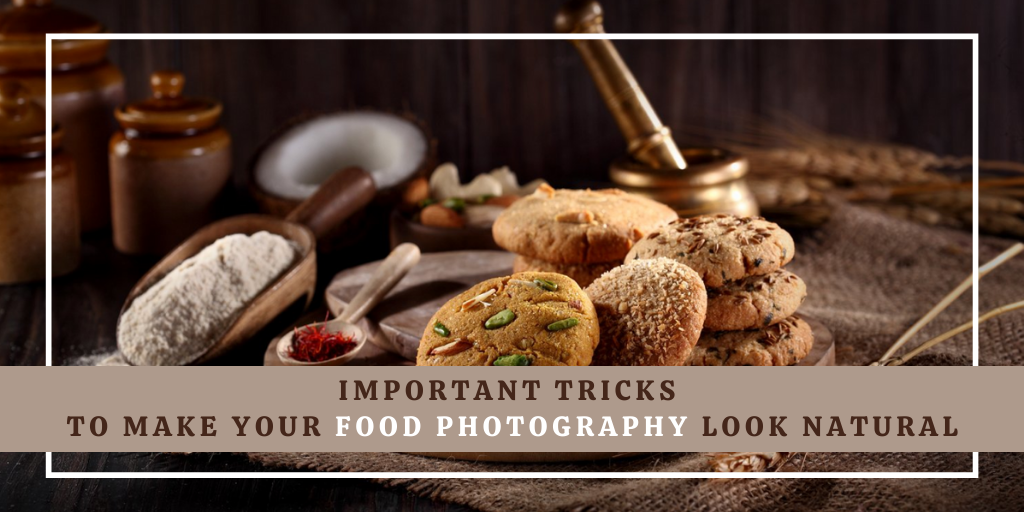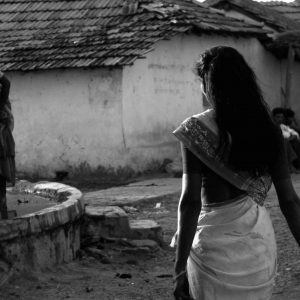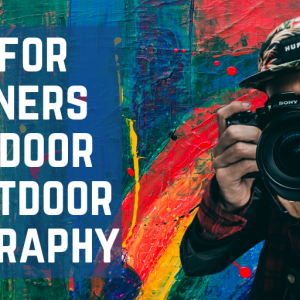Colours, shapes, and textures are an integral part of our culinary experience. Which is why it is often said, ‘we eat with our eyes first.’
Therefore, it is only fair that food photography has become all the rage. Taking that quick shot before you dive in for social media or for a client project, there are a few simple, important guidelines one must always remember.
Do you aim to capture that masterpiece from plate to photograph while maintaining its naturalness? Here are some things I keep in mind having been a food photographer for almost a decade now –
Natural light or flash:
When you’re working with food, as a rule, you must want the viewer to feel as though he wants to grab that item off the screen and eat it right now. Lighting plays an integral role in achieving this.
All-natural light is not appreciated. For me, what works best is an area of shade on a sunny day. Don’t be lured towards a bright patch of sunny light without shade – this will only give your food dark shadows. Finding a shaded spot will give you an evenly lit photograph that will highlight the texture and properties of the food, making it irresistible.
Unless it is a photography style you have adopted, the flash will only give your food a shiny look, not being able to retain the natural elements of the item.
Composition:
There are primarily two things to keep in mind here – food styling and the angle of the shot.
If you revisit some of the food photographs you think are the best, you’ll see the play of styling. Sometimes, this is done using background dishes, utensils, napkins or other ingredients. This helps to draw attention to the main item and add interest to a picture. The rule of thirds is an important one to remember, though, not always applicable – it is a good place to start. The intersection of all 9 grids is what draws the viewer’s attention. Moving on to the angle, there are many angles to explore when it comes to displaying the best properties of your food. Deciding which angle to use is deciding which appealing aspect do you want to showcase. For example, if you have a flat item like a smoothie bowl, you can count on the birds-eye angle but if you have a towering milkshake, it is best to consider shooting straight or at a tilter angle to highlight its defining factors.
Food styling:
Well, the composition is important but food styling adds that oomph to your photos, making one differ from the next. Add more interest & focus on your photos to achieve great food photography. Employ the below techniques for sure-shot success at good food photography –
- Try to use unconventional utensils that bring out the colours of your food.
- Optimise the use of a complete set-up using cutlery, this gives the viewer a sense of diving in to eat.
- Fresh ingredients around your food is a hit, hit hit! It brings forth the photograph.
- If possible, use a cloth napkin. It will add colour and texture to the image.
- Garnish away to tempt away! A sprinkle of this and a garnish of that is a definite way to bring forth the dish.
Filters and editing:
My only tip for this one is – find the right level of subtlety for your image. Most of us are now very familiar with editing our images thanks to social media. There are tons of apps available to make this easier as well. These come with inbuilt presets that add a mood or tone to your photograph.
However, the key is to remember two things – basic colour and exposure correcting tools. This will maintain the naturalness of your image and give you an opportunity to bring forth the striking colours.
Trust your eye:
Ultimately, it comes down to trusting yourself. Follow all the steps that resonate with you but during the shoot, you will know best if something does not feel right. Go with your instincts and don’t forget to step out of the box.
Every image differs from the other but no one rule will apply to all.





